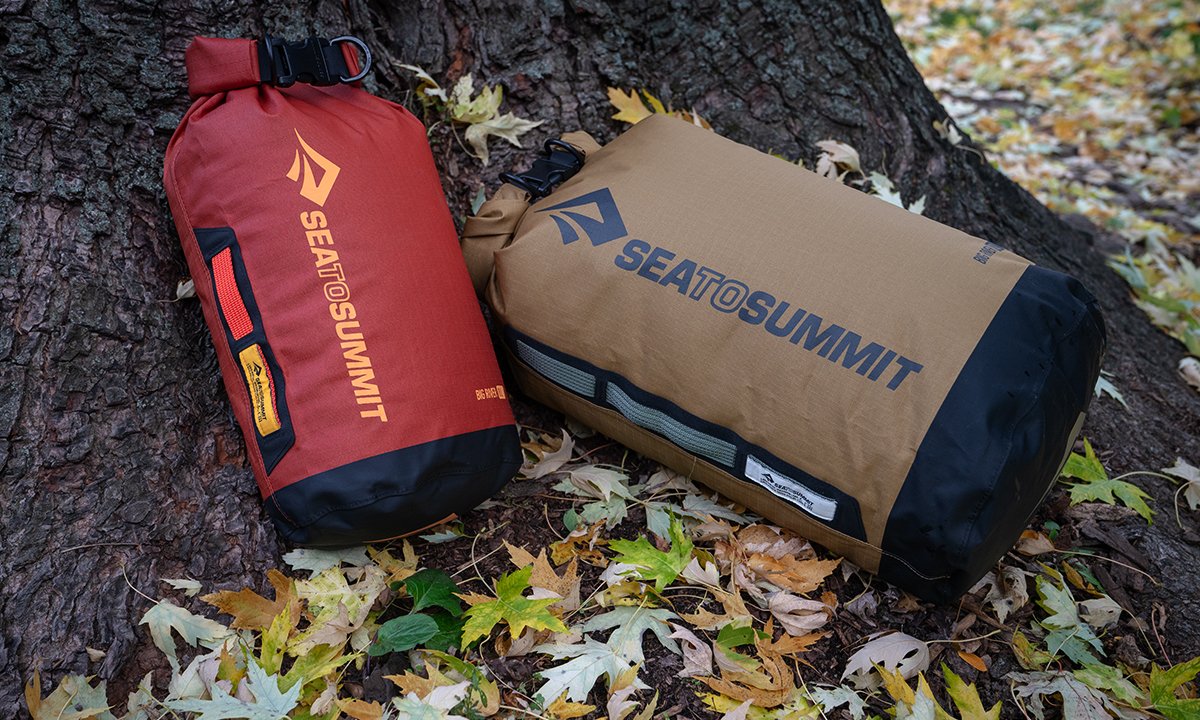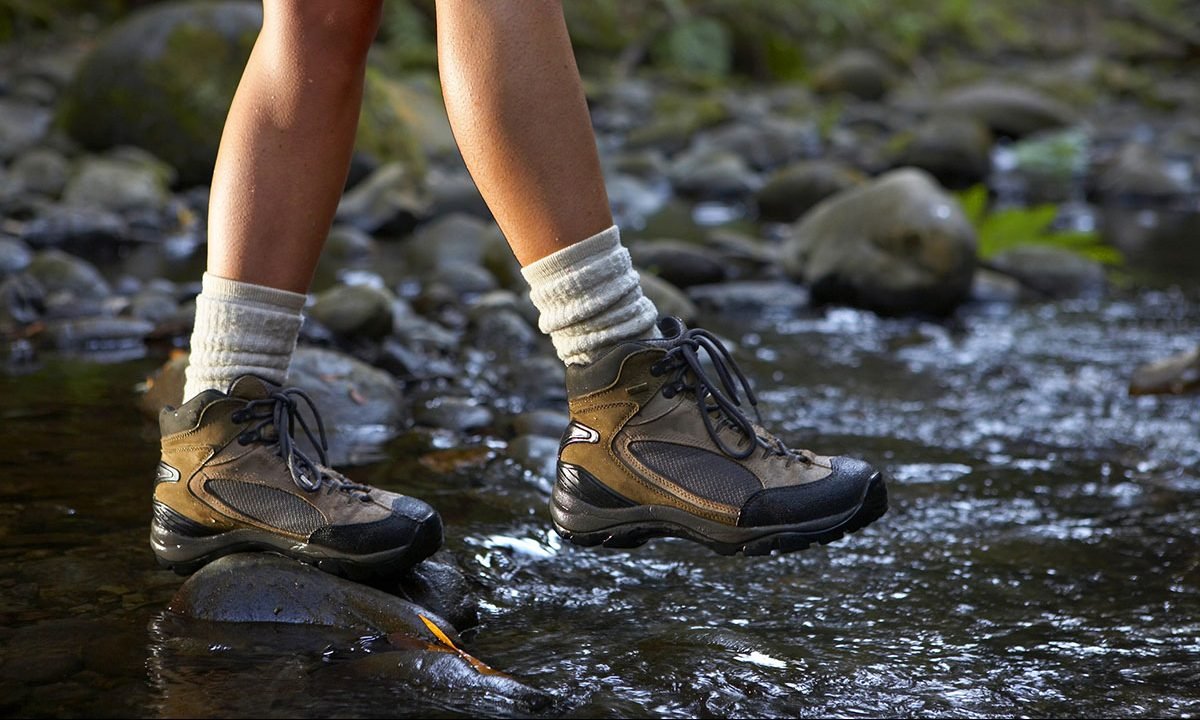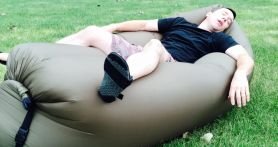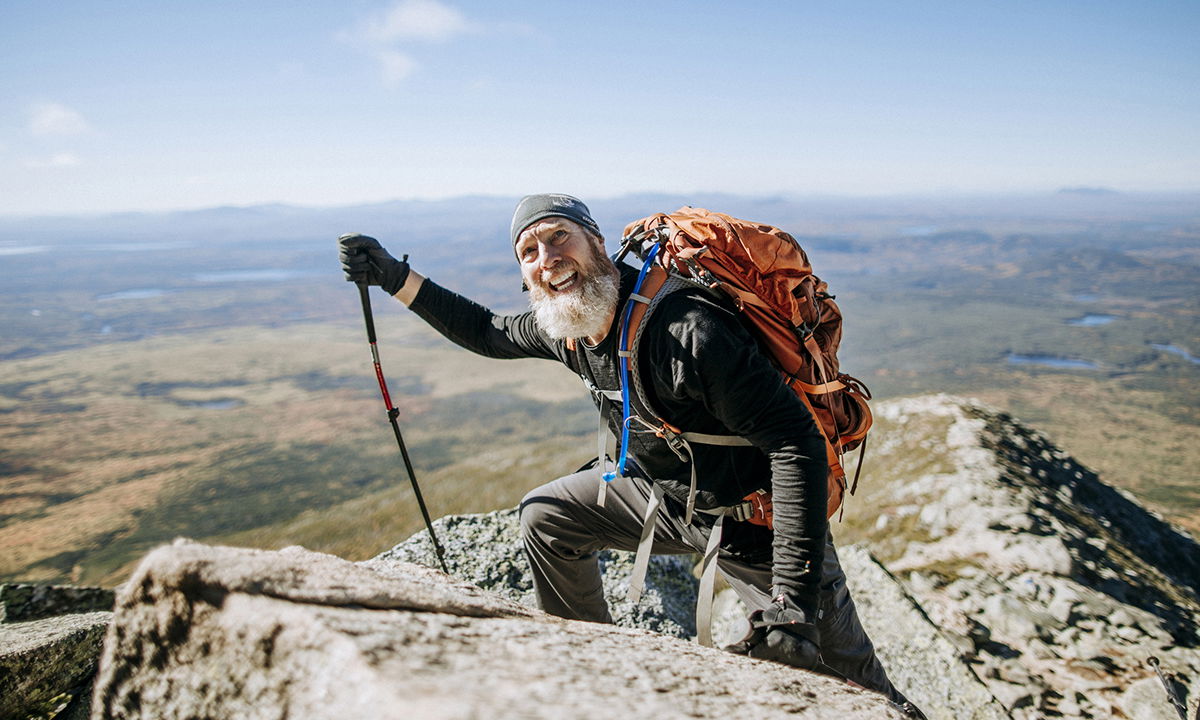So how do you keep warm when you’re camping on a cold, winter night?
Videos by Outdoors
Here are a few tips for staying warm, dry, and comfortable:
Clear the Ground First
Before you even pitch your tent, the ground you choose will play an important role in determining your comfort level. When winter camping, the usual rules apply. Choose a flat spot, neither to close to or far from the water, and out of the wind as much as possible.
However, if you’re camping in the snow, it’s essential to clear the snow first. Setting up your tent on top of the snow can cause snow to melt. Oftentimes, it will eventually re-freeze, and can form uncomfortable bumps and ridges that leave a knot in your back by morning. Thoroughly removing snow from your campsite beforehand will prevent this from happening.
Build a Wind Break
One advantage of snow camping is that you’ll already have a large supply of snow to build a windbreak with. Try piling this snow upwind of your tent, and pushing other snow into the area to build a shallow wall a few feet in front of your tent. This can go a long way towards keeping you warm since wind is a significant source of wintertime heat loss.
That said, even if there’s no snow on the ground, there’s no reason to camp without a windbreak. A common method is simply to use a natural feature like a cluster of bushes, a fallen tree, or even a mound of rocks as a natural windbreak. This is generally good practice any time you go camping, but it becomes more important the further the mercury drops.
Another common method people use is to bring along a heavy-duty tarp and a sturdy rope. Use the rope to tie the tarp up between two trees that are upwind of your tent. The tarp will act as a powerful windbreak, potentially better than most natural windbreaks. This is why you’ll need the heavy-duty tarp; because you want the toughest grommets possible.
Winter-Proof the Tent Itself
Four-season tents can be expensive, and as a result, most people use a three-season tent that’s optimized for spring through summer weather. If that sounds like you, there are a couple of things you could do. The most obvious is to buy a four-season or winter-rated tent, but that can get a bit pricey, especially if you’re only planning on going winter camping once or twice.
The alternative option is to lay a tarp under the tent, to help improve ground insulation. When using this method, it’s important that the tarp not extend past the edges of the tent. Otherwise, snow can gather on the tarp, become melted, and penetrate underneath your tent.
To improve insulation in the walls of your tent, one effective method is to use duct tape to attach a space blanket to the inside of the canopy. This will trap a large amount of heat when used as an inner layer. Keep in mind that this is probably a bad idea if your tent is already rated for very cold weather. In that case, hanging a space blanket might make you uncomfortably warm.
Use a Tent Heater
A quality propane or electric tent heater can keep your toes from getting frozen. If you’re going to use a heater, keep in mind that most propane heaters are not safe for use inside your tent. They can overheat or tip over, causing a fire. They can also produce carbon monoxide gas, which can build up quickly in a small space like a tent, quickly leading to death.
That said, a dedicated tent heater, like the Mr. Heater, can make a massive improvement in your comfort. This type of heater has a built-in carbon monoxide sensor that will automatically shut it off if any fumes are emitted. Similarly, it will also turn off in the event that the heater is kicked over, so you’re perfectly safe for nighttime use.
Choose a Warm Sleeping Bag
This should go without saying, but using a 40-degree bag in 10-degree weather is a poor idea. Choose a heavy-duty, well-insulated sleeping bag, and you’ll be far more comfortable when the morning rolls around. The best bags for winter will generally have a fitted style, with a shape that’s cut to resemble a human body. This profile reduces energy loss, since you won’t be wasting body heat on warming up an unnecessarily-large rectangular sleeping bag.









